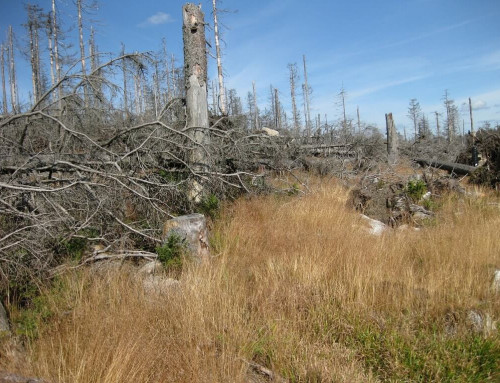
There are various sources of fresh water
ZIMSEC O Level Geography Notes: Natural Resources: Water: Sources of fresh water
- Supplies of fresh water can be examined at a local level or at a national/international level.
- Local supply sources at family or village level are usually small-scale, cheap schemes that can be maintained and managed at that level.
- These may include local piped water schemes using boreholes or small dams or rivers; boreholes fitted with hand pumps, and protected wells.
- Unsafe sources include dams, rivers and protected wells.
- These small schemes are usually confined to rural areas.
- The majority of people in developing countries live in rural areas where small scale water schemes are prevalent.
- The United Nations Decade for safe Drinking Water Supply and Sanitation, from 1980 to 1990 was mainly targeted at this sector.
- The ‘Decade’ aimed at proving safe drinking water and sanitation to at least 2 billion people in the world.
- Safe water is defined as water free from chemicals and micro-organisms that might cause illness.
- The World Health organization gives guidelines on international water quality standards.
- WHO indicates that in order to enable the health of a given population, there should be enough safe water for personal hygiene as well as the household’s drinking, cooking and other domestic needs.
- Water supplies that fail to provide safe and adequate water forces communities to resort to unsafe water sources.
- A water source is deemed unsafe when it is contaminated due to inadequate sanitation facilities.
- The absence of inadequate sanitation facilities cause excreta to come into contact with any part of the food chain and water.
- National and international water supply systems involve large scale multi-purpose schemes.
- These involve the building of large dams forming large reservoirs and lakes, covering large areas of land.
- The large schemes usually provide water for urban domestic and industrial use or hydro-electric power.
- Other benefits from such schemes are water for rural domestic use and animals, irrigation, fishing, transport, tourism and flood control.
- Disadvantages, however include displacement of large local populations, water-borne diseases like malaria, destruction of flora and fauna, barriers to communication by dams, disturbances of natural drainage cycle and heavy capital expenditure in construction.
- Examples of large scale multi-purpose schemes in Africa are:
- The Kariba project in Zimbabwe
- Cabora Bassa in Mozambique
- The Orange River project in South Africa
- The Kafue River project in Zambia
- Le Marinel in the Democratic Republic of Congo
- Kainji in Nigeria
- The Volta River project in Ghana.
To access more topics go to the O Level Geography Notes page



